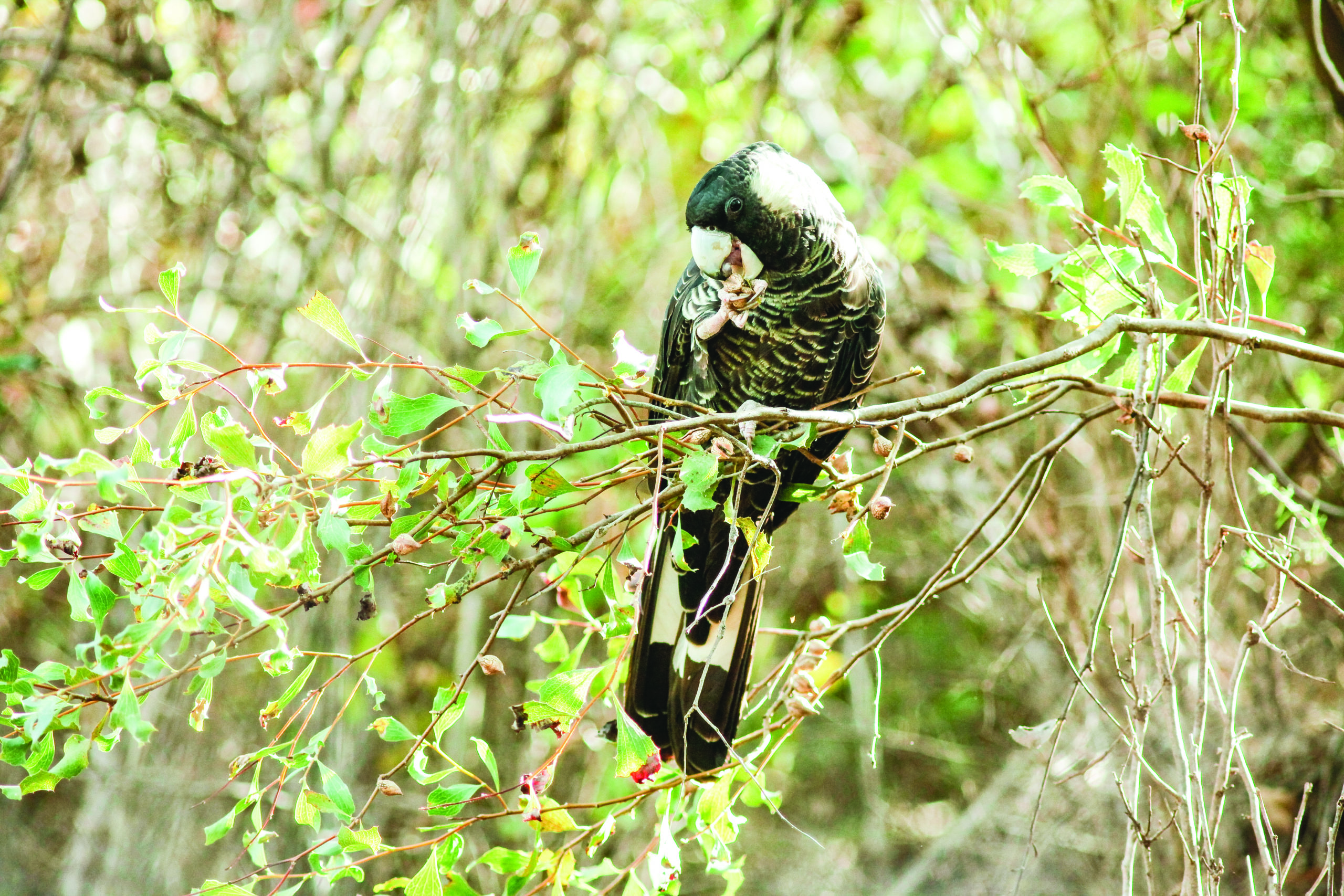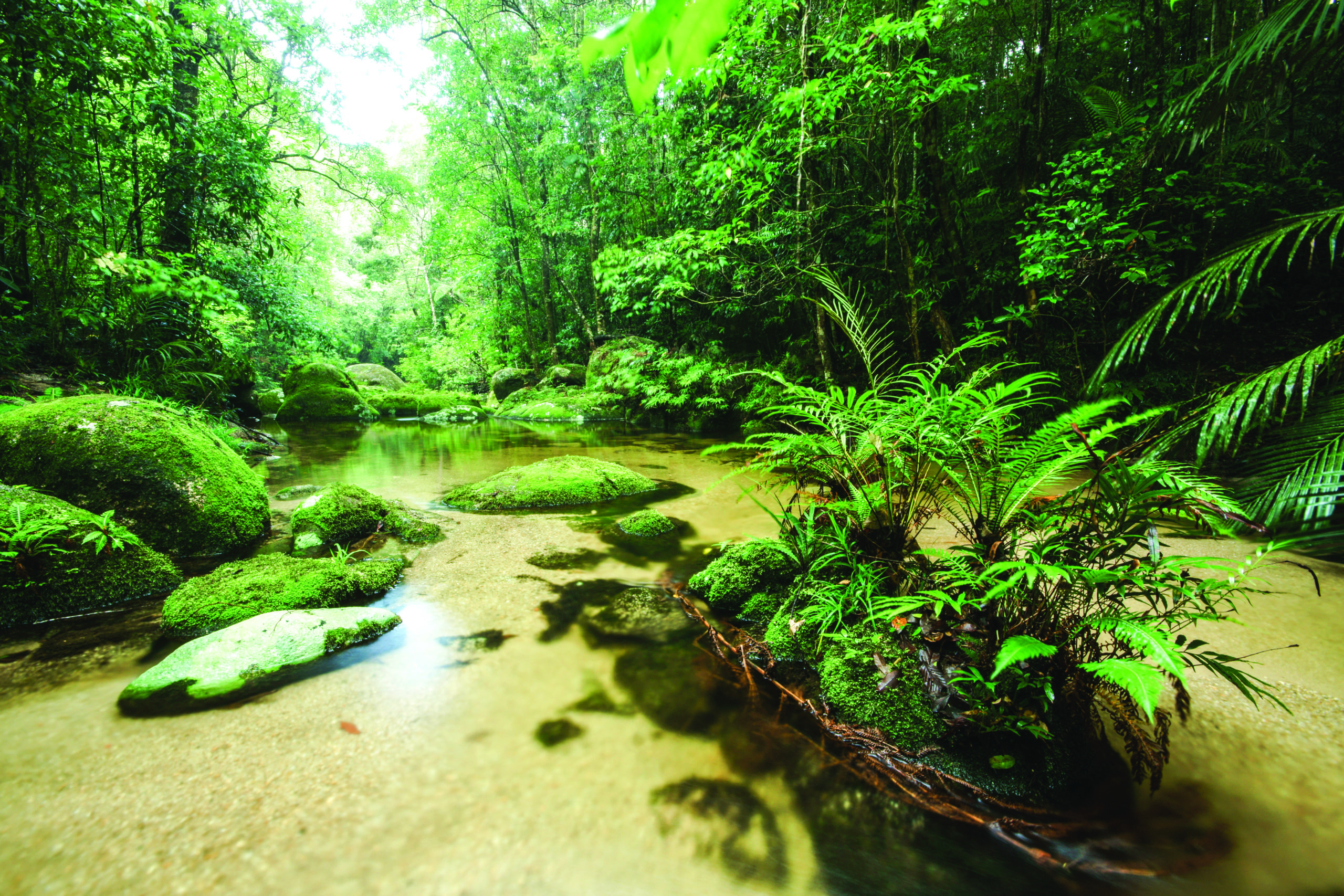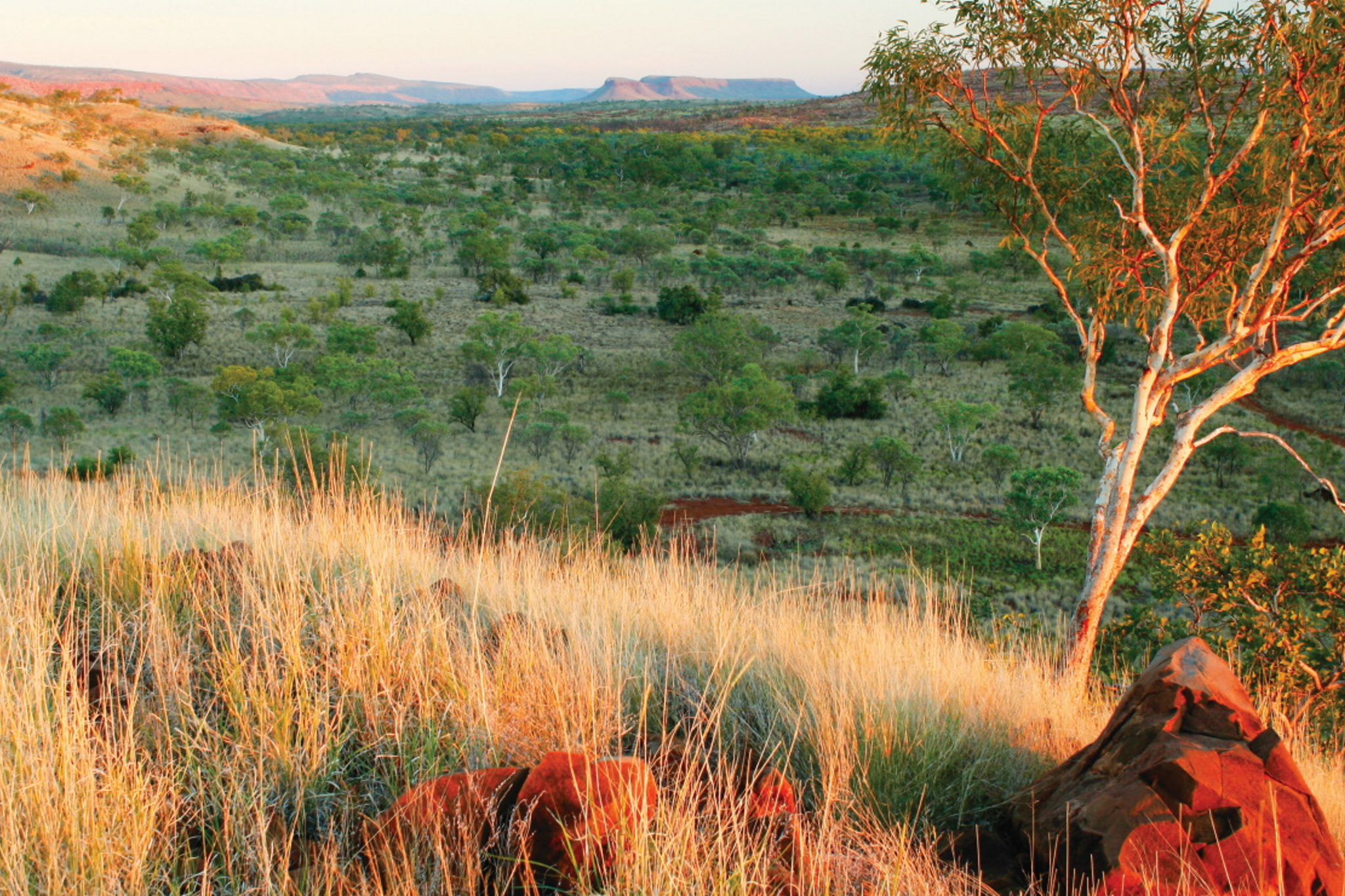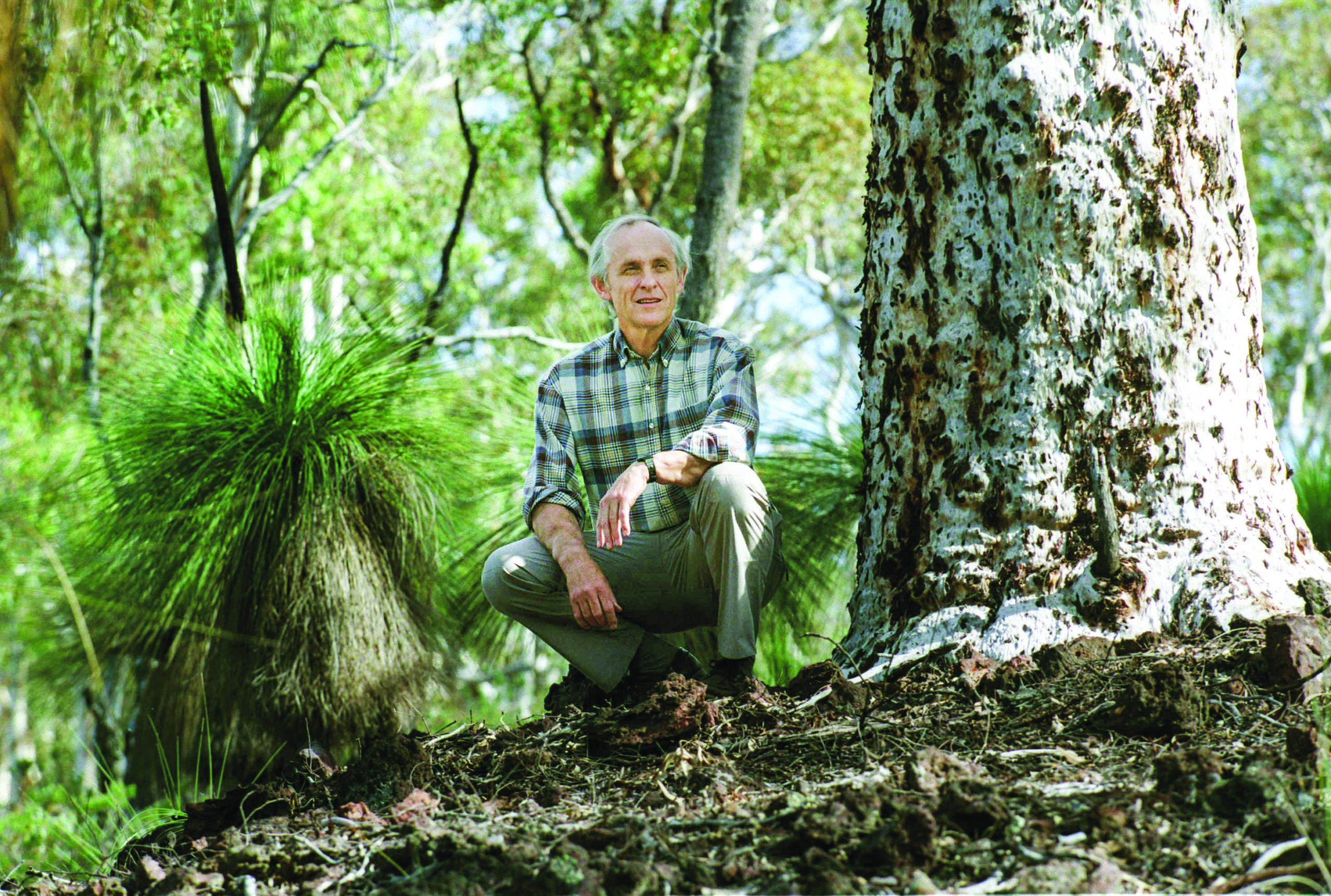By Sophie Chamberlain, AWC Board Director, Chair, Martin Copley Will Trust
This year, AWC is celebrating three decades of delivering effective, science-informed conservation action. This significant achievement is shared by all of us – it is the dedication and support of thousands of people across the country (and around the world), as well as the passion of the AWC team, that enables the provision of hope for Australia’s threatened wildlife.
Martin Copley founded AWC in 1991, recognising the urgent need to take responsibility for reversing the decline of species such as the Woylie (Bettongia penicillata) and the Numbat (Myrmecobius fasciatus). From a single sanctuary in the Perth Hills, AWC has grown to establish a ground-breaking model for conservation – one that continues to develop today.
Alone and in partnership, AWC now protects 74 per cent of Australia’s terrestrial mammal species, 88 per cent of terrestrial bird species and 54 per cent of reptile species across 6.5 million hectares – one of the largest private conservation estates in the world.
 W. Lawler/AWC
W. Lawler/AWC
From the vast savanna woodlands and sandstone escarpments of the Kimberley and the Top End, to the boom-and-bust deserts of the Kati Thanda-Lake Eyre region and lush rainforests of Cape York, AWC is restoring Australia’s biodiversity and delivering positive, tangible outcomes for wildlife and the habitats in which they live.
 W Lawler/AWC
W Lawler/AWC
 W Lawler/AWC
W Lawler/AWC
Martin Copley was an Englishman who made his fortune in insurance in the UK and decided to spend it on saving Australia’s native flora and fauna. But there is, of course, considerably more to this man than that simple statement. Martin was born, raised and educated in England. Boarding school was followed by Oxford university which was followed by chartered accountancy, banking and a leap into insurance. But his paternal grandfather had left behind an interesting legacy that was to heavily influence his life choices.
Samuel William Copley left Huddersfield in Yorkshire, England, in his mid 20s and, with little more than some barber tools and a smidgen of business acumen, ventured across the seas to Australia.
Samuel made strong connections through his work as a barber and saved enough pennies to set up a small-scale finance business. His endeavours were not always successful, and he had to fall back on his comb and scissors more than once. But determination served him well, leading to property speculation on a grand scale and the establishment of various businesses in Perth.
Huddersfield has 1.3 million reasons (equivalent to £20m in today’s money) to be grateful to Samuel. In 1920, he acted as the financial middleman to enable the town to buy itself from the local landowners.
So it seems that Martin’s ancestor endowed him with a strong connection to Australia, an excellent entrepreneurial spirit and at least one large-scale philanthropic precedent.
Starting out, Martin focused his work on the Western Australian Insurance Company, founded by his grandfather. Through grit, good fortune and considerable graft this organisation became the white goods insurance behemoth that is now known as Domestic & General Insurance PLC. Martin, and eventually AWC, reaped the benefits when it finally made it into the big league.
Martin worked long hours for many years, to some degree sacrificing his family relationships, but it wasn’t just for the monetary rewards. Martin appreciated the adventure and the sense of achievement that growing a business and providing employment to others gave him.
From his youth, Martin had always enjoyed contact with nature, messing around in the countryside, on rivers and in the ocean. He used sports such as squash in London, tennis in Australia and physical outdoor work to counteract the long hours at his desk. In fact, he was running almost daily right up until a couple of months before his death (but this was mostly to counteract his passion for sweet foods!)
In Martin’s own words, his first visit to Australia in 1966 “blew him away.” The wide-open spaces, the bright colours and profusion of stars at night captured him for life. His memory of these never dimmed and he was drawn back to Australia often.
Martin was consumed by a strong desire to ensure that future generations had the same opportunities to interact with Australian nature as he had. The lightbulb moment happened after a visit to John Wamsley’s Warrawong Sanctuary in 1989, where he saw what was needed to save threatened wildlife. Martin started to formulate a plan to establish a feral predator-free sanctuary in Western Australia, recognising that an opportunity existed to really do something to counter Australia’s extinction crisis.

Martin freely admitted that his initial plan was simply to purchase one property. Three additional properties later and Martin became determined to turn AWC into an organisation that would lead the way in halting the crisis and provide hope for Australia’s threatened wildlife.
With his passion for this cause ignited, Martin’s modus operandi was to dive in wholeheartedly. He gave it his time, talent and treasure, and he made sure to bring in many others along the way to achieve and grow this remarkable dream to restore Australia’s biodiversity.
When Martin died suddenly of cancer in 2014, AWC had 23 sanctuaries and was managing land and applying science across more than 3 million hectares of Australia. Since then, it has continued to expand its reach to conserve a vast 6.5 million hectares: a lasting testament to Martin’s determination, leadership and vision.
Read and download this full issue of Wildlife Matters here.
Donate to help save Australia’s threatened wildlife and wild places
Donate Now